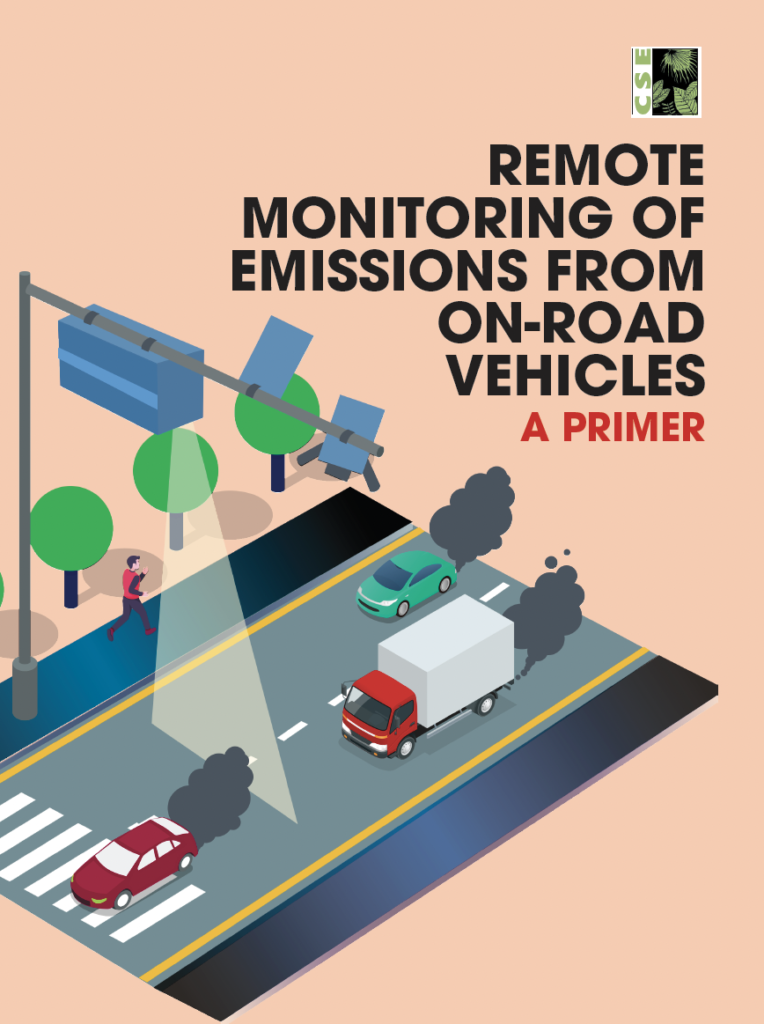Vehicle emissions are the most significant source of air pollution in urban India impacting the climate and the health of millions of people. In Delhi alone, vehicle exhaust contributes to 30 per cent of ambient pollution, on-road diesel vehicles to 60 per cent of the transportation burden, and the city ranks fourth globally in traffic levels. This reality of Delhi is true for other Indian cities as well.
With more cars on the road, these numbers will increase. After the introduction of BS-VI emissions standards nation-wide in April 2020, India made significant strides in engine technology and advanced emissions control systems in vehicles that have the potential to lower emissions from the new fleet by over 80-90 per cent. India is now gearing up for further reforms to be adopted from 2023 onwards to include real world driving emission (RDE) tests using portable emission measurement systems (PEMS) for certification of vehicles, more exacting driving test cycle, and in-service compliance requirements, among other reforms for new vehicles.
The Focus on Real Time Driving Emissions
 With these developments, smart monitoring of on-road emissions has become necessary and inevitable. Next generation approaches such as remote sensing of the on-road fleet can help to detect real-world vehicle emissions and provide insight about local air quality problems and their solutions.
With these developments, smart monitoring of on-road emissions has become necessary and inevitable. Next generation approaches such as remote sensing of the on-road fleet can help to detect real-world vehicle emissions and provide insight about local air quality problems and their solutions.
Several cities that are implementing their respective clean air action plans under the National Clean Air Programme (NCAP) have included remote sensing measurements as part of their mitigation strategy for vehicular pollution. These cities include Mumbai, Kolkata, Asansol, Barrackpore, Durgapur, Haldia, Raniganj and Bhubaneswar. Delhi has already been mandated to implement the Remote Sensing Device (RSD) programme by the Supreme Court of India.
In simple terms, remote sensing equipment uses a sensor and light beam to measure chemical concentrations in the exhaust as a vehicle drives past. A camera records the licence plate so that vehicles can be identified for inspection and repair. This is an effective way to detect discrepancies between certification-test performance and actual real world vehicle emissions, whatever the cause of the performance gap—be it equipment failure or normal deterioration with use.
Shakti Sustainable Energy Foundation is engaging with Centre for Science and Environment (CSE) and other ecosystem actors to provide policy inputs to create a possible framework for the RSD programme in India. There are several aspects to consider such as the nature and scope of application of the remote sensing system, its applications, technology and instrumentation and the rules and regulations that need to govern this program. This primer is the first step in this direction. It informs the national level guidance framework for adoption and implementation of remote sensing measurement system in Indian cities.
